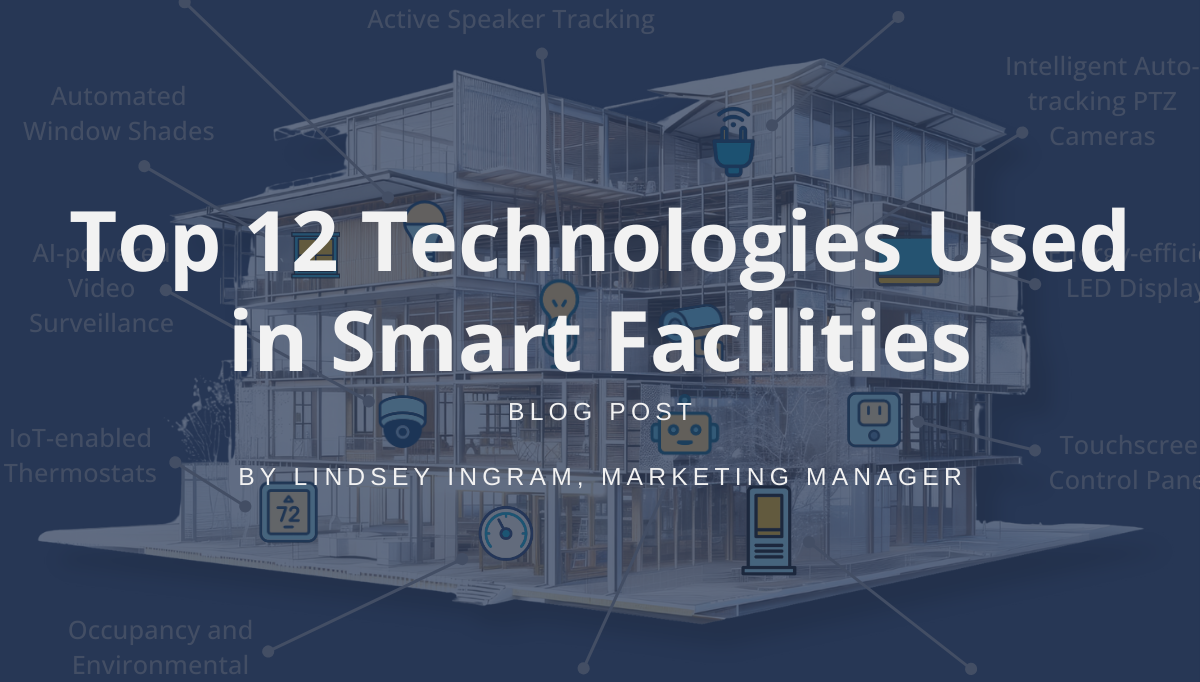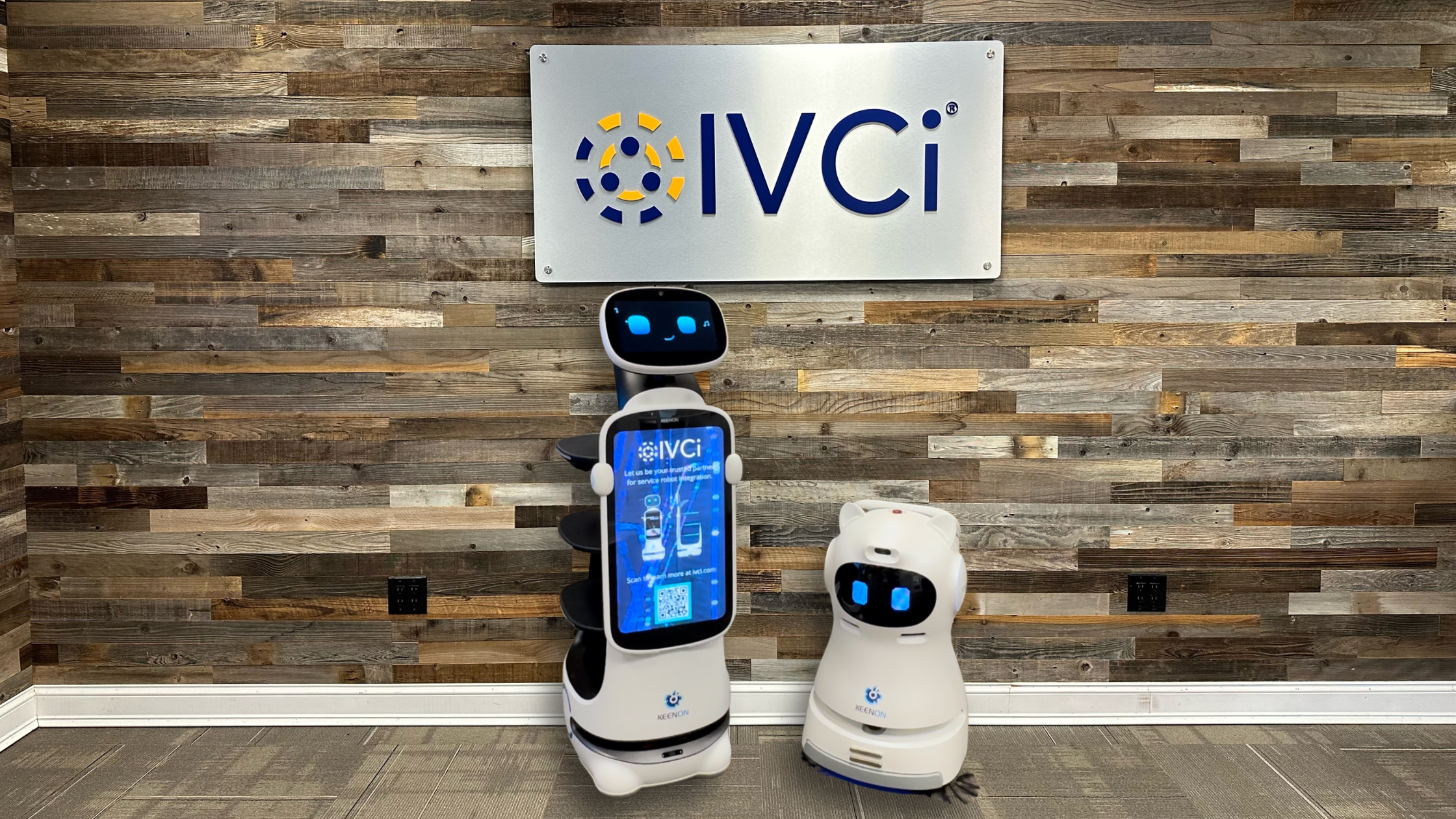There’s no question that creating a diverse learning environment is the key to a successful higher education experience, not just for students but also for educators, staff, and administration. Catering to different learning styles and languages while being inclusive of students’ abilities to be on campus are priorities for diversity in learning environments — that’s well understood.
The question then is how to create a diverse learning environment in higher education. The answer lies in AV technology and its use as a strategic tool within colleges and universities. Let’s get into more detail on how AV technology can create diverse learning environments:
1. Catering to different learning styles through interactive content
Some students learn best by reading written material, others through videos and visuals, and others through active discussion. AV technology allows educators to cater to all learning styles within the same lesson.
For example, educators can provide written material and give lectures — and then take it one step further. Using video walls and video conferences, educators can include interactive content like polls and question boxes and allow for remote students to participate in a live discussion of the material.
2. Making translators and other resources available to students whenever they need them
An important part of a diverse learning environment is supporting students with the resources they need. Giving them remote access to translators, support staff, and assistance from their professors can be made more efficient via video conferencing. That way, students can access what they need to learn their best at the time and place where they need it.
3. Opening up classes to students in different physical locations
Hybrid and remote learning environments don’t just keep students and staff safe during pandemics; they make an institution available to those who are not in a physical location to attend in-person classes or have the financial means to relocate.
However, doing this successfully requires a near-perfect recreation of the in-person experience. Providing top-notch audio and video equipment for students and AV carts for educators can help achieve that environment.
4. Including those who cannot physically be able to attend class
Regardless of the reason, students should not be denied an ideal educational experience because they cannot physically attend class. In fact, making sure everyone can actively participate is how to create college programs that are the most beneficial and successful. AV technology allows for remote attendance that is just as effective as being live in the classroom, rather than having to make do with pre-recorded lectures and written material.
Creating an inclusive and diverse learning environment is one of the best ways to create engaging, successful educational programs. That will pique interest in potential students and give your institution more opportunities to further improve programs.
But to successfully implement the technology needed to accomplish this, higher education institutions need to plan strategically — with the help of a trusted AV integrator. IVCi has been helping colleges and universities adopt technology that inspires learning and collaboration.
We are ready to assist you with strategy, design, implementation, and support of the latest AV technology that can increase applicants, give students remote accessibility, prepare students for the modern workforce, and more. Contact us today to get started.





